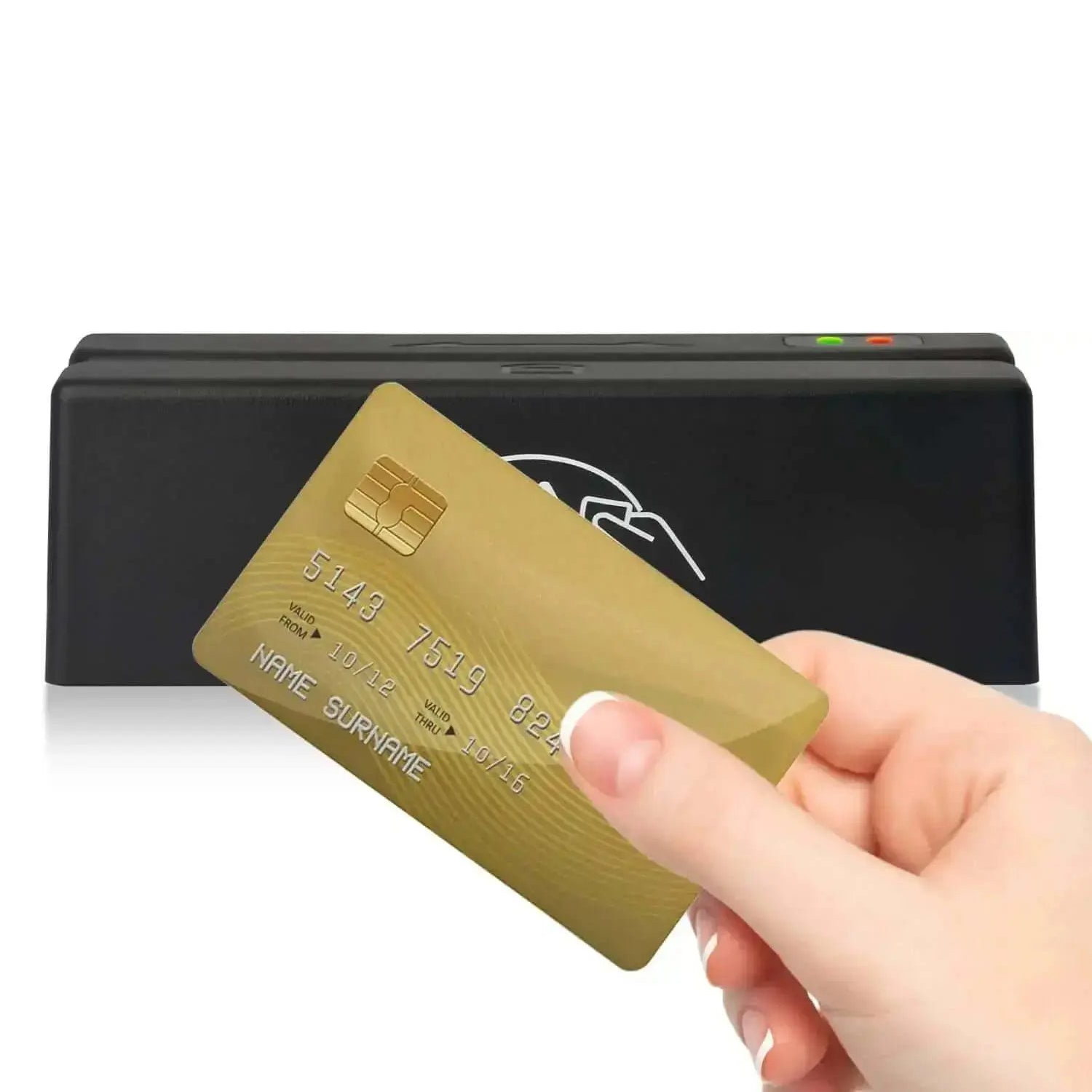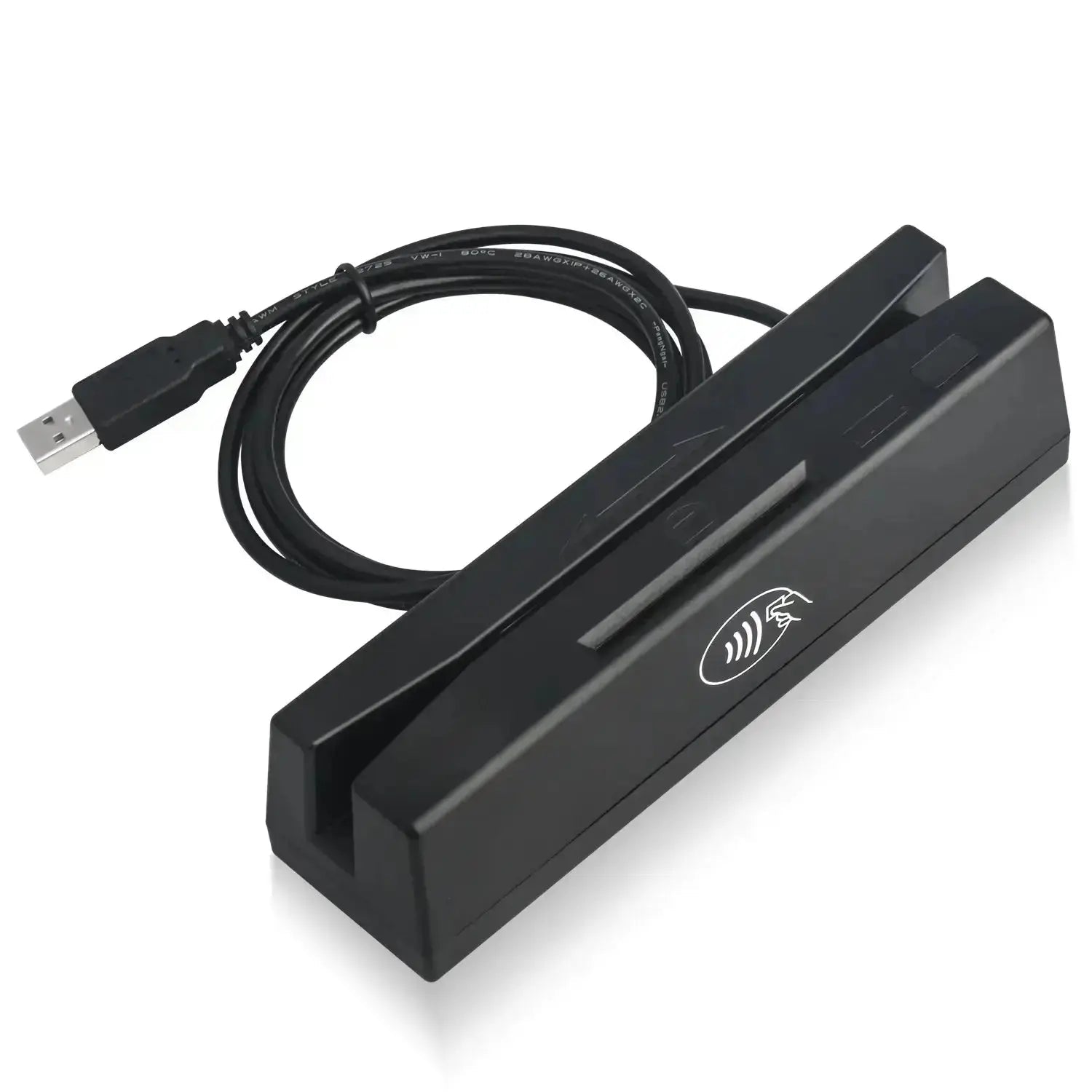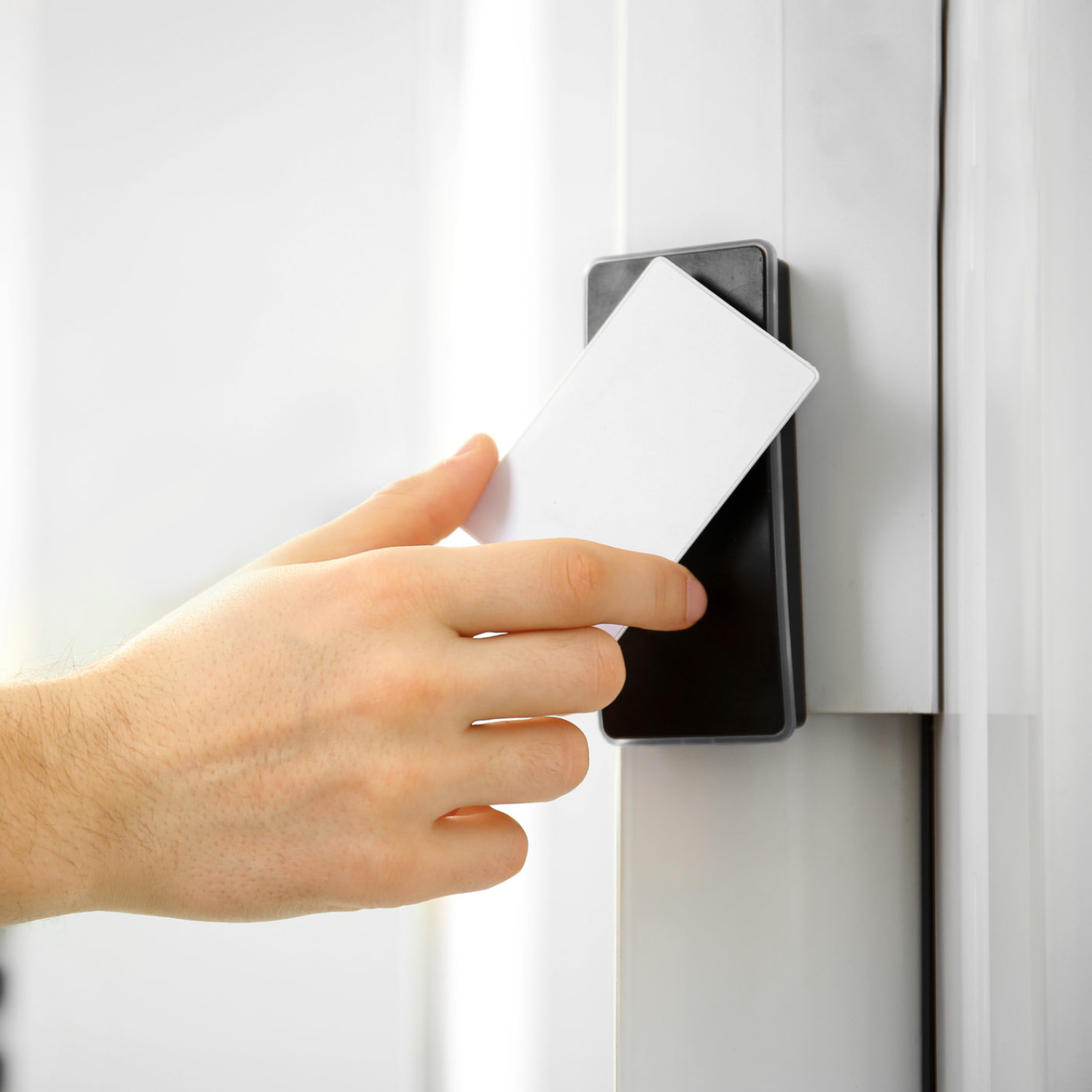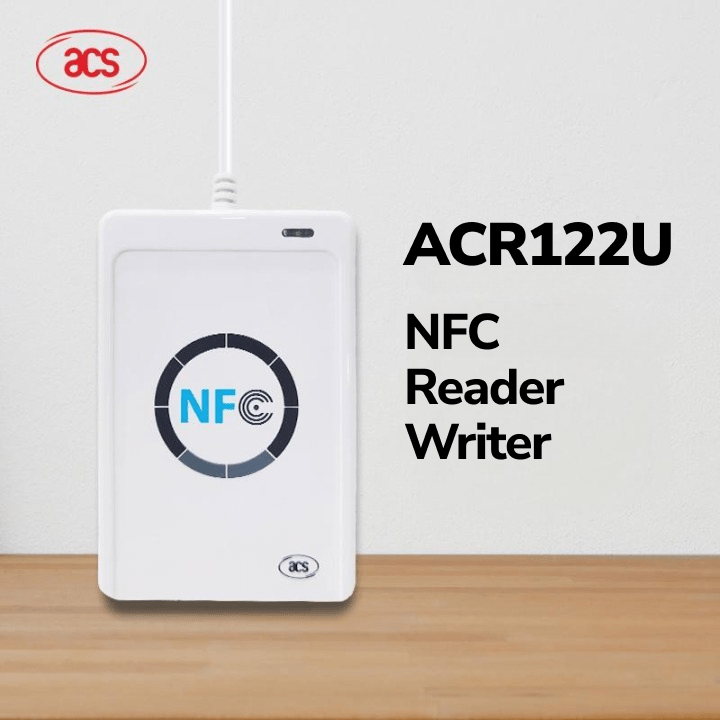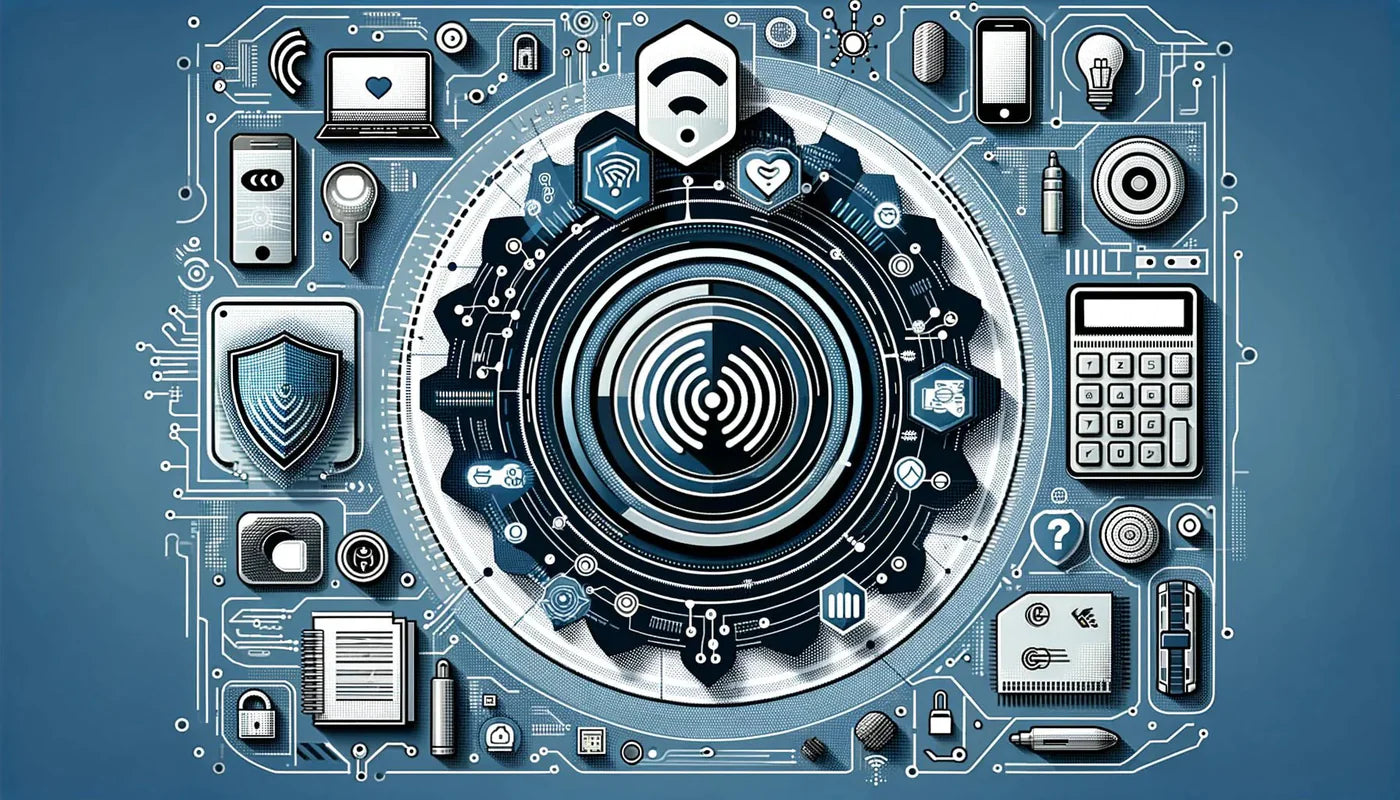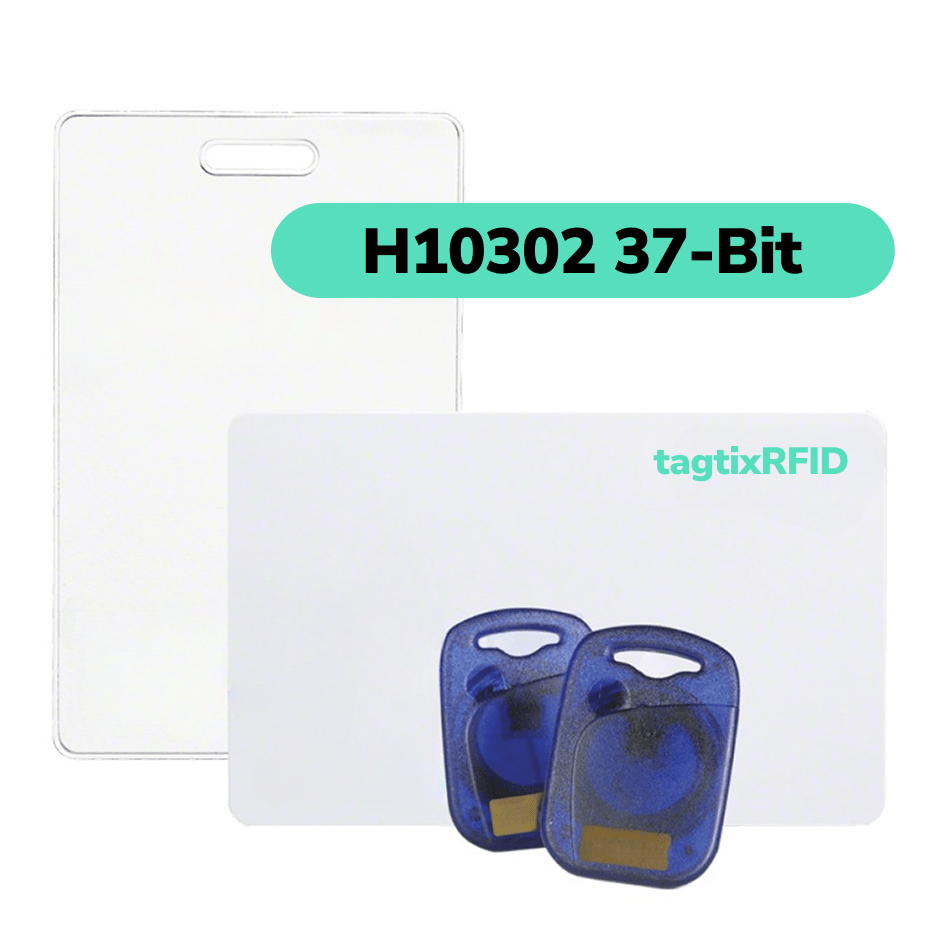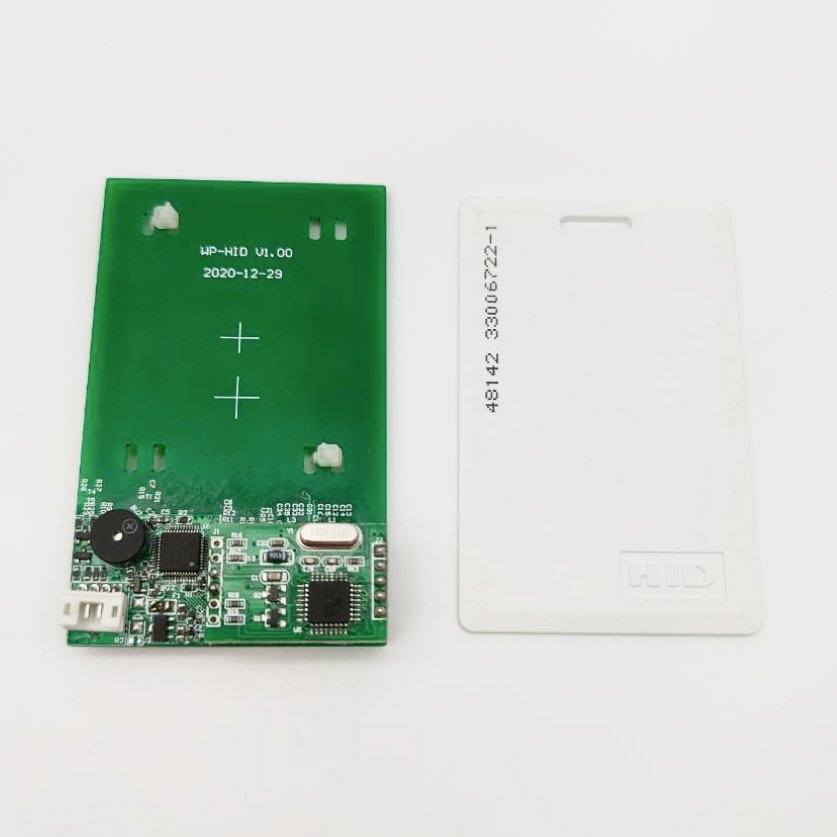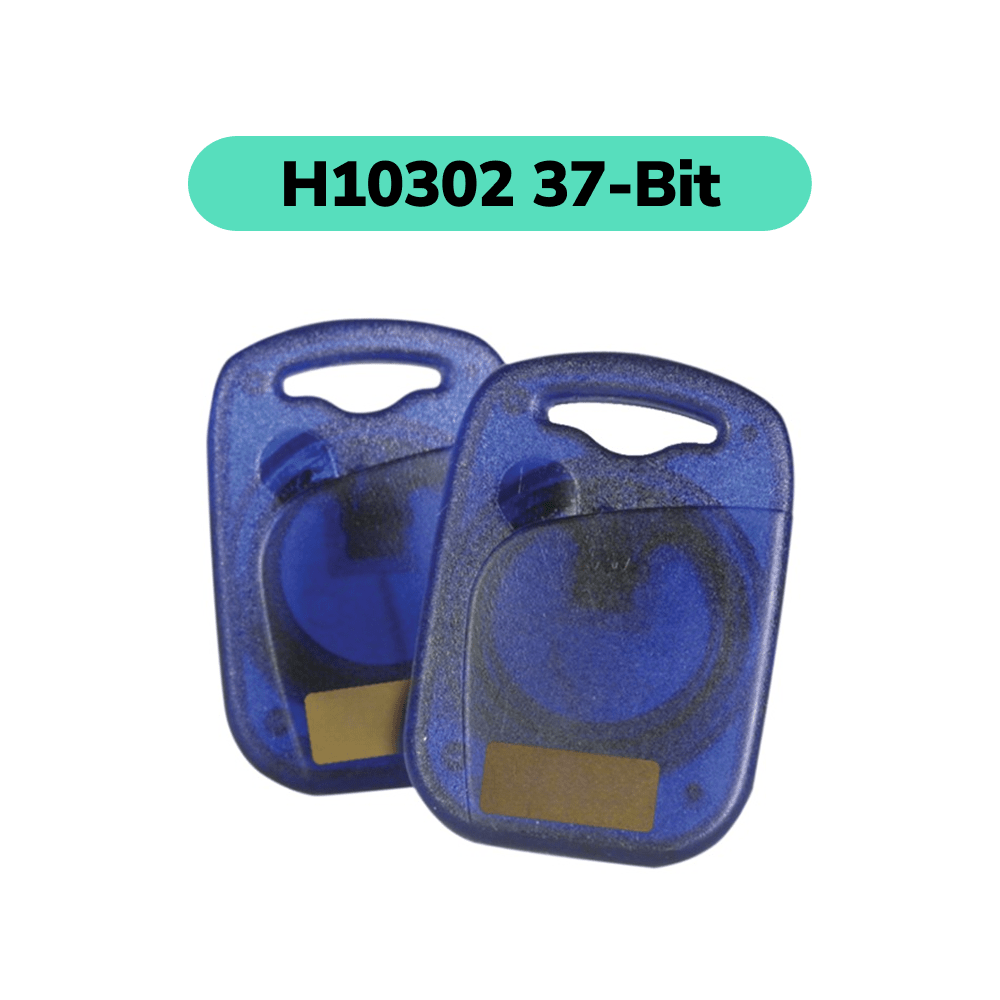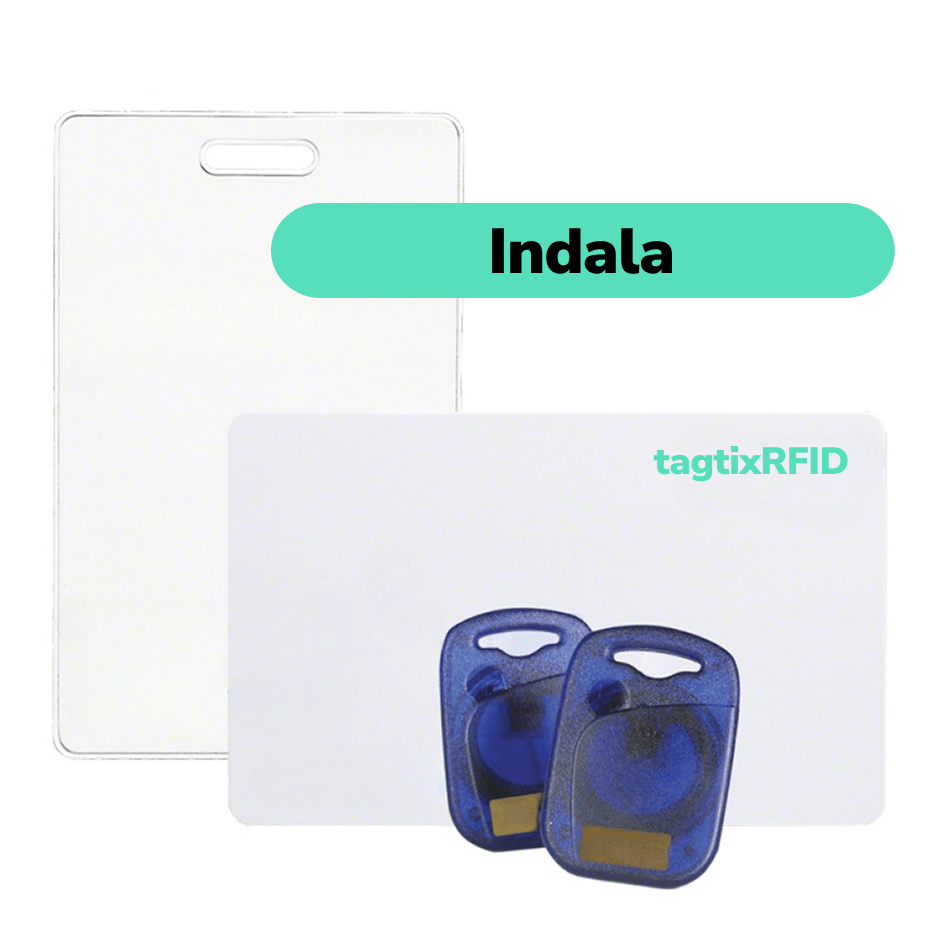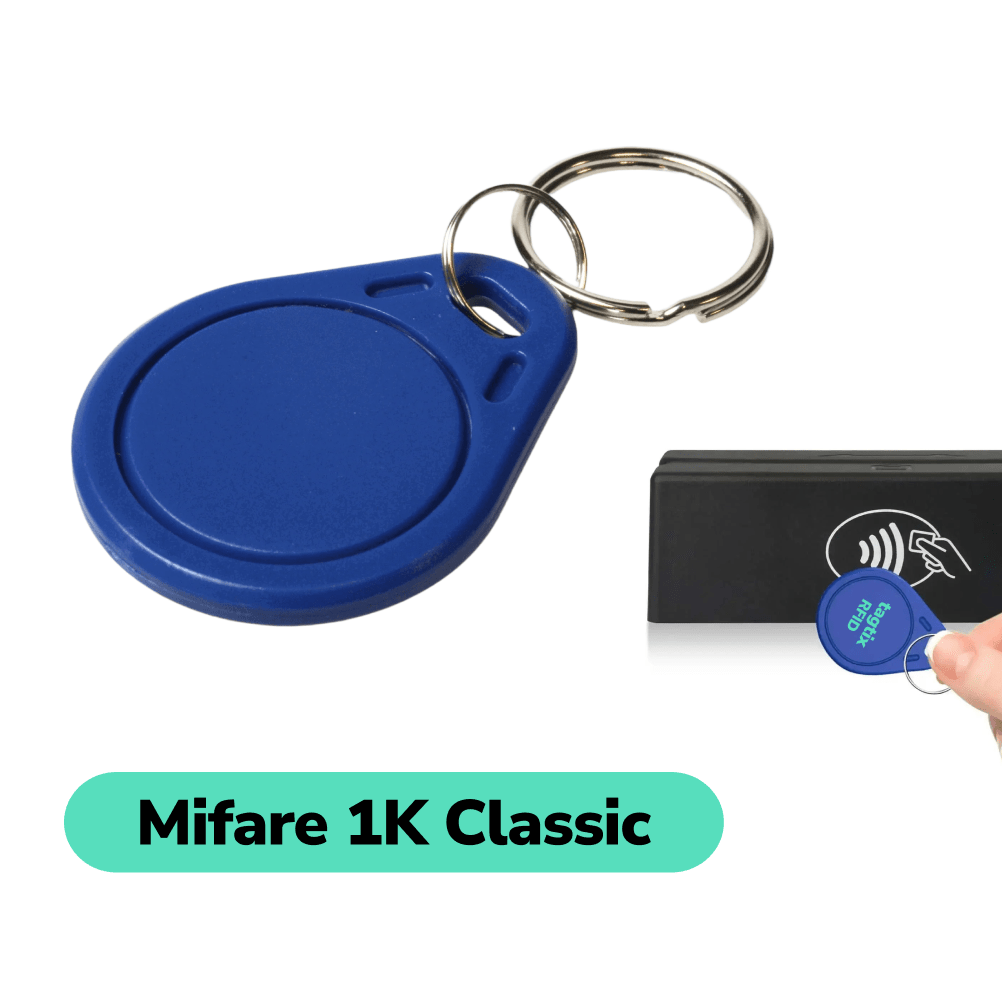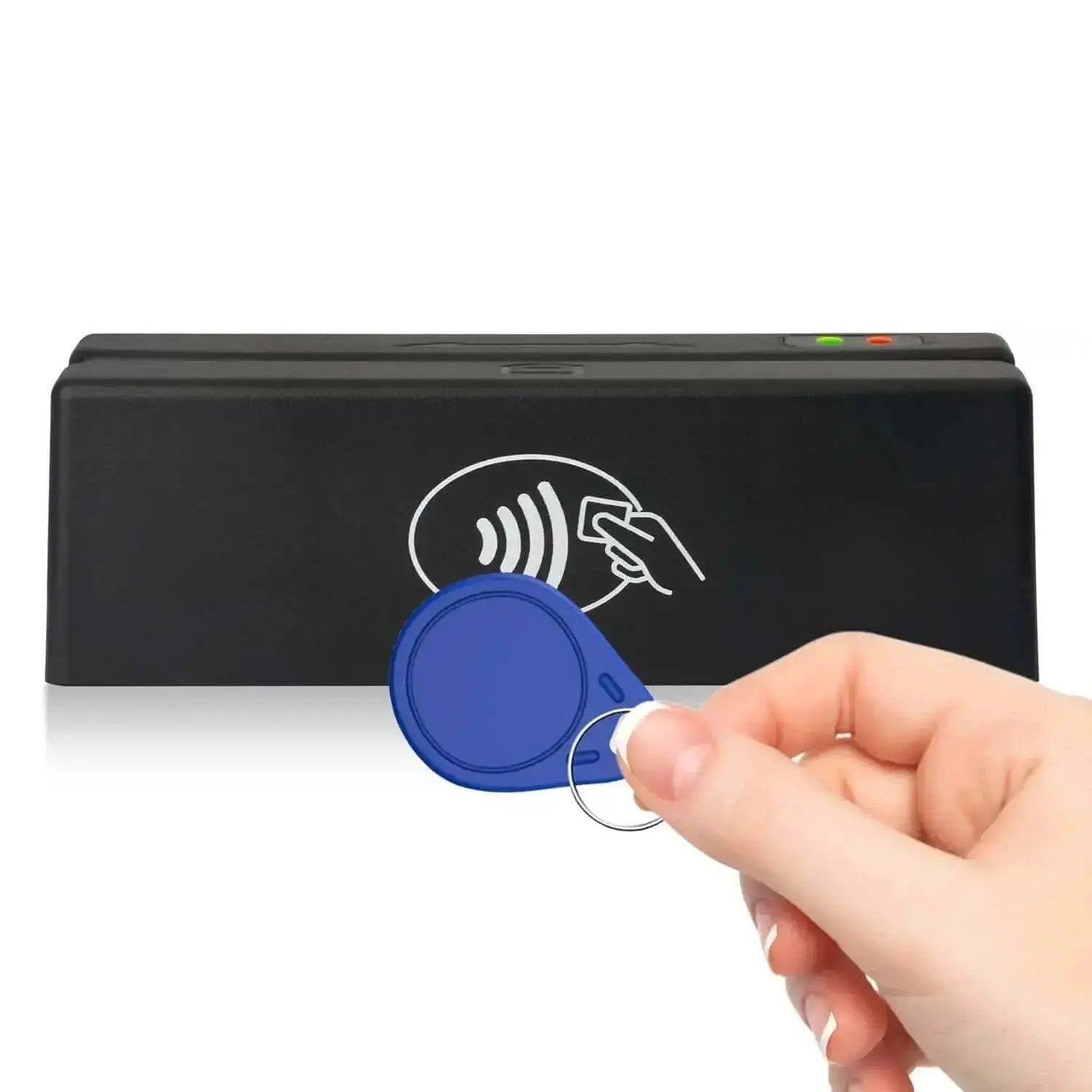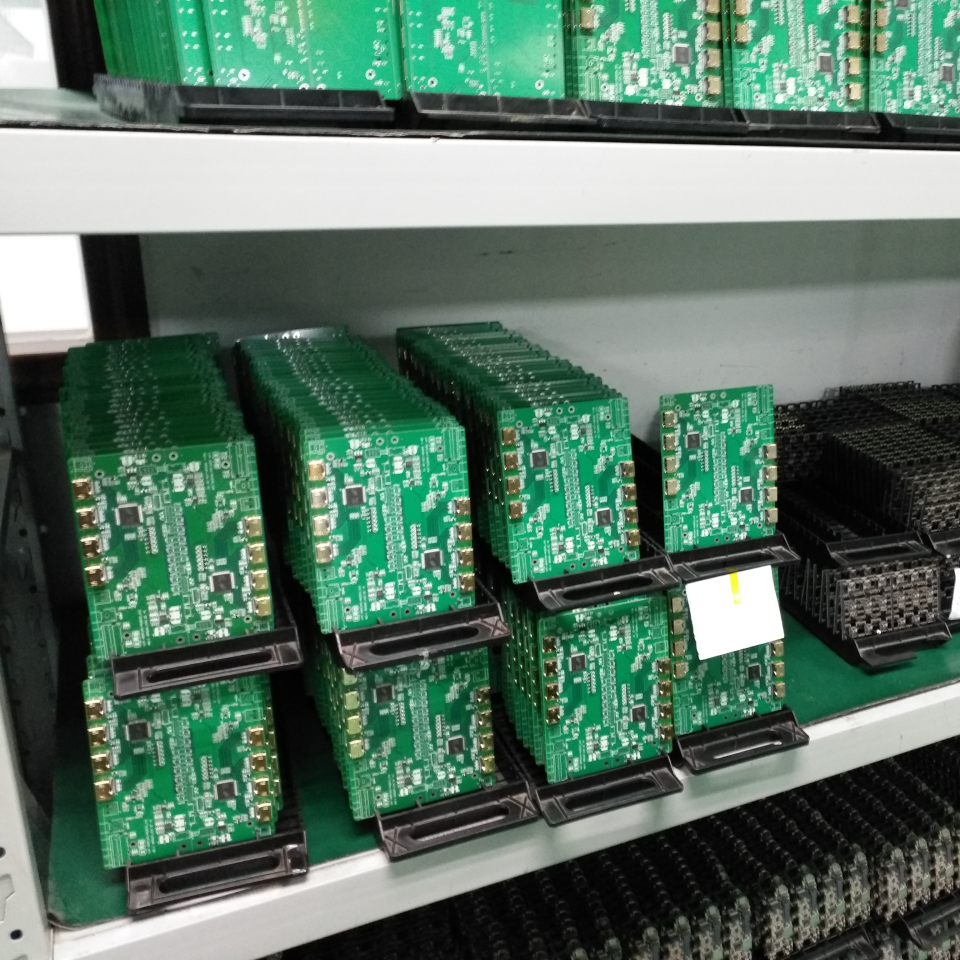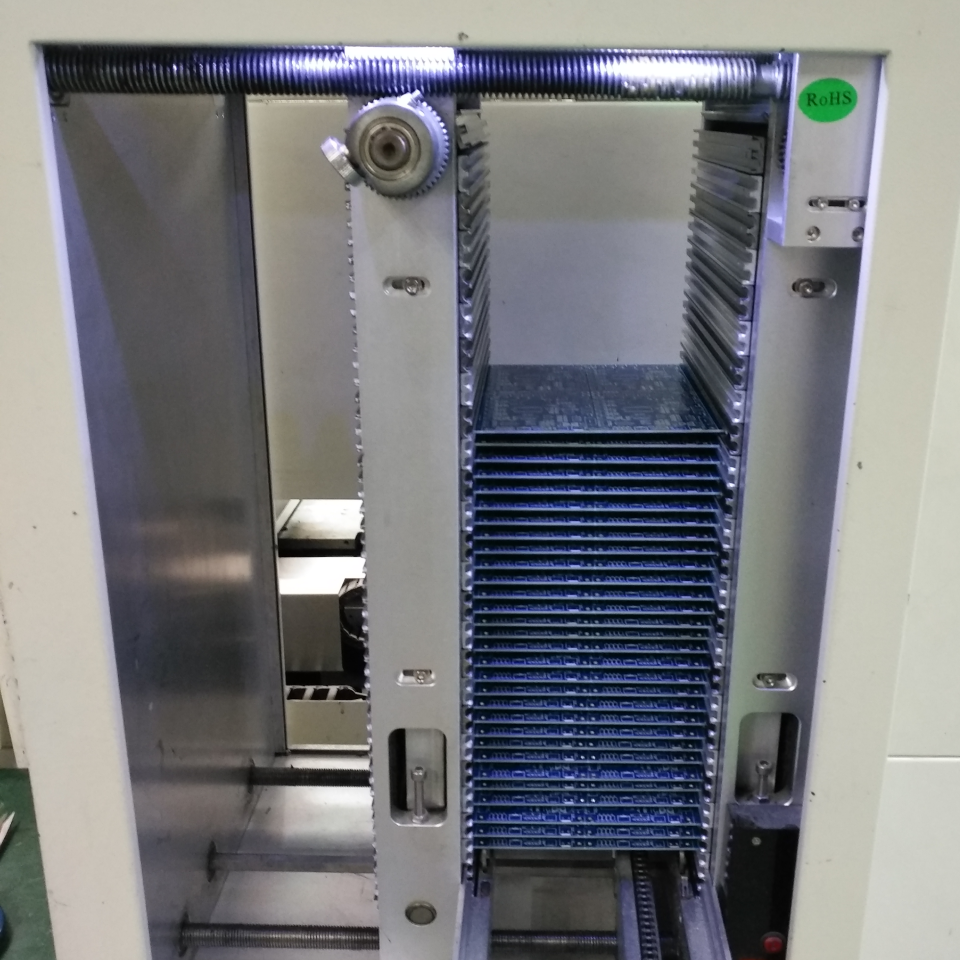Was sind die Unterschiede? RFID-Karten vs. HID vs. Mifare vs. Näherungskarten
Schnelle Antworten
Was sind die verschiedenen Arten von RFID?
Was ist HID im Vergleich zu RFID?
Sind HID-Näherkarten RFID?
Was ist der Unterschied zwischen Näherung und RFID?
Was ist der Unterschied zwischen NFC und HID?
Kurzanleitung: Was sind die Unterschiede?
RFID vs. Näherungsschaltung
RFID
Nähe
LF: 120–135 kHz (z. B. HID Prox, EM)
HF: 13,56 MHz (z. B. MIFARE, iCLASS)
UHF: 860–960 MHz (RAIN RFID)
LF: 125 kHz (am häufigsten verwendet)
LF: bis zu 6 Fuß (1,8 Meter)
HF: bis zu 3 Fuß (1 Meter)
UHF: 25–33 Fuß (7,5–10 Meter) (mit speziellen Tags: bis zu 300+ Fuß/91+ Meter)
Normalerweise 2–6 Zoll (5–15 cm), selten bis zu 2 Fuß (60 cm)
Lesen und Schreiben (Daten können aktualisiert oder geändert werden)
Schreibgeschützt (feste ID-Nummer, kann nicht geändert werden)
Zugangskontrolle, Zahlungen, Bestandsverwaltung, Asset-Tracking, Zeiterfassung, E-Pässe, Bibliotheken
Zugangskontrolle, Zahlungen, Bestandsverwaltung, Asset-Tracking, Zeiterfassung, E-Pässe, Bibliotheken
Erweitert: Verschlüsselung (AES, DES), gegenseitige Authentifizierung, sichere Datenspeicherung
Hauptsächlich für den einmaligen Zugriffskontrollgebrauch
HF/UHF: Datenrate von 50–424 kbps (abhängig von Protokoll und Kartentyp)
Sehr schnell (nur ID-Prüfung, typischerweise <100 ms))
MIFARE Classic, MIFARE DESFire, HID iCLASS, LEGIC, UHF EPC Gen2
HID Prox, EM Prox, AWID, Indala
HF/UHF-Karten: bis zu 4 KB (Kilobyte) oder mehr (z. B. MIFARE DESFire EV2: bis zu 8 KB)
24–40 Bit (3–5 Byte), üblicherweise nur eine ID-Nummer
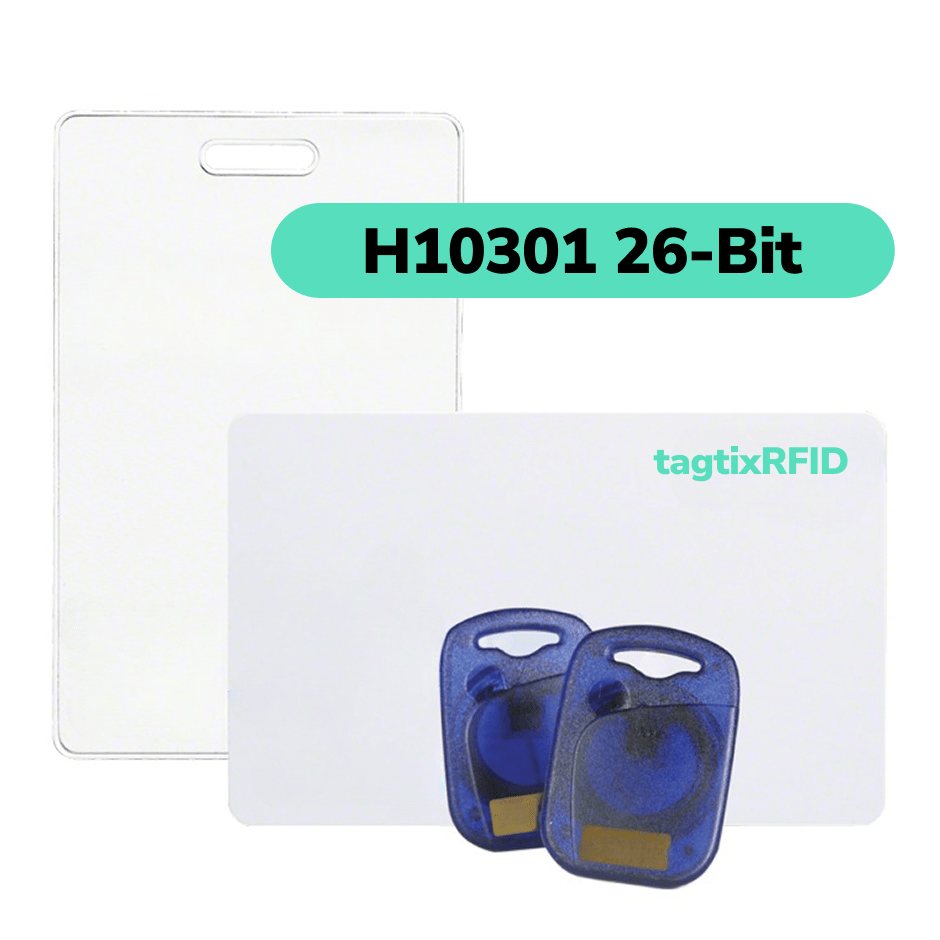
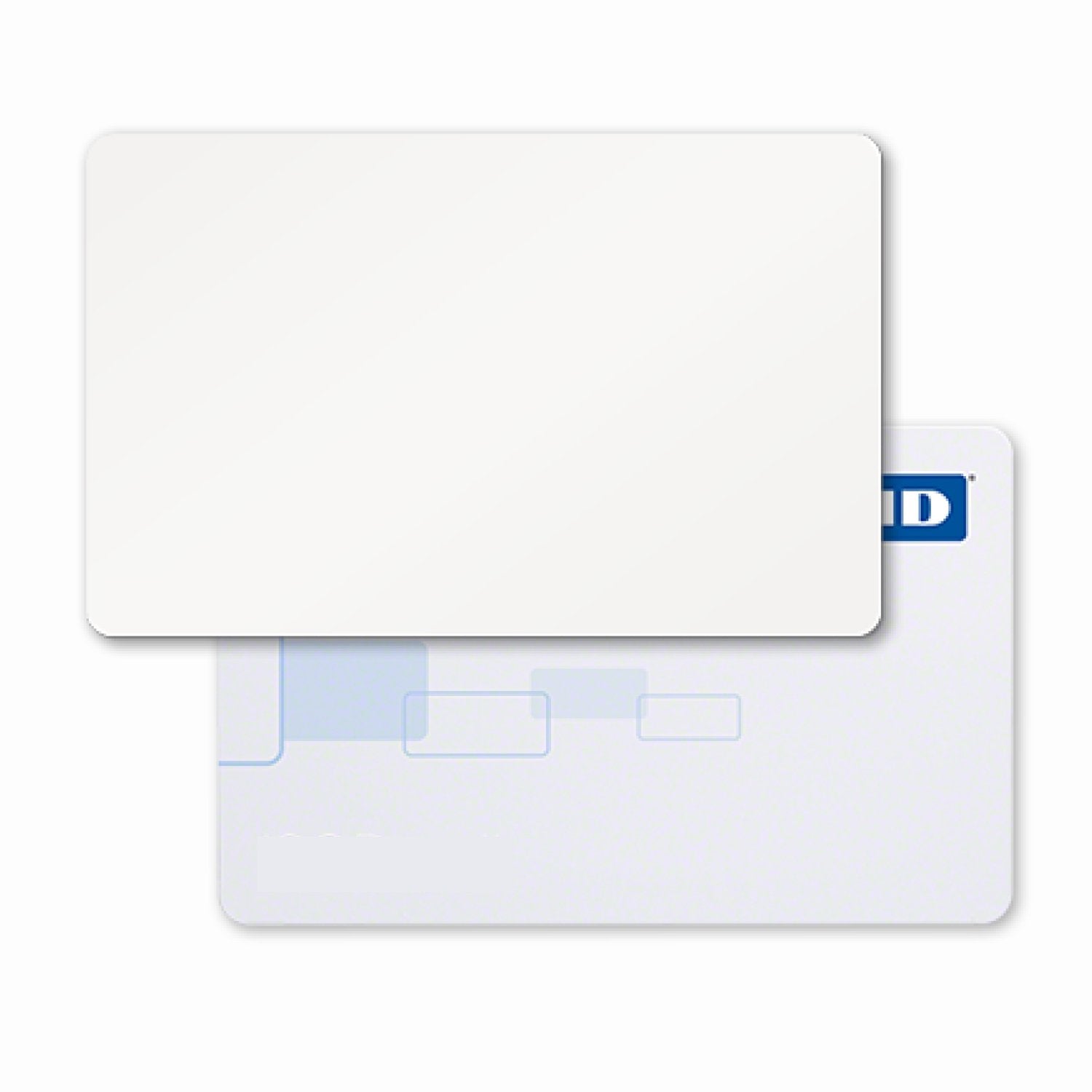
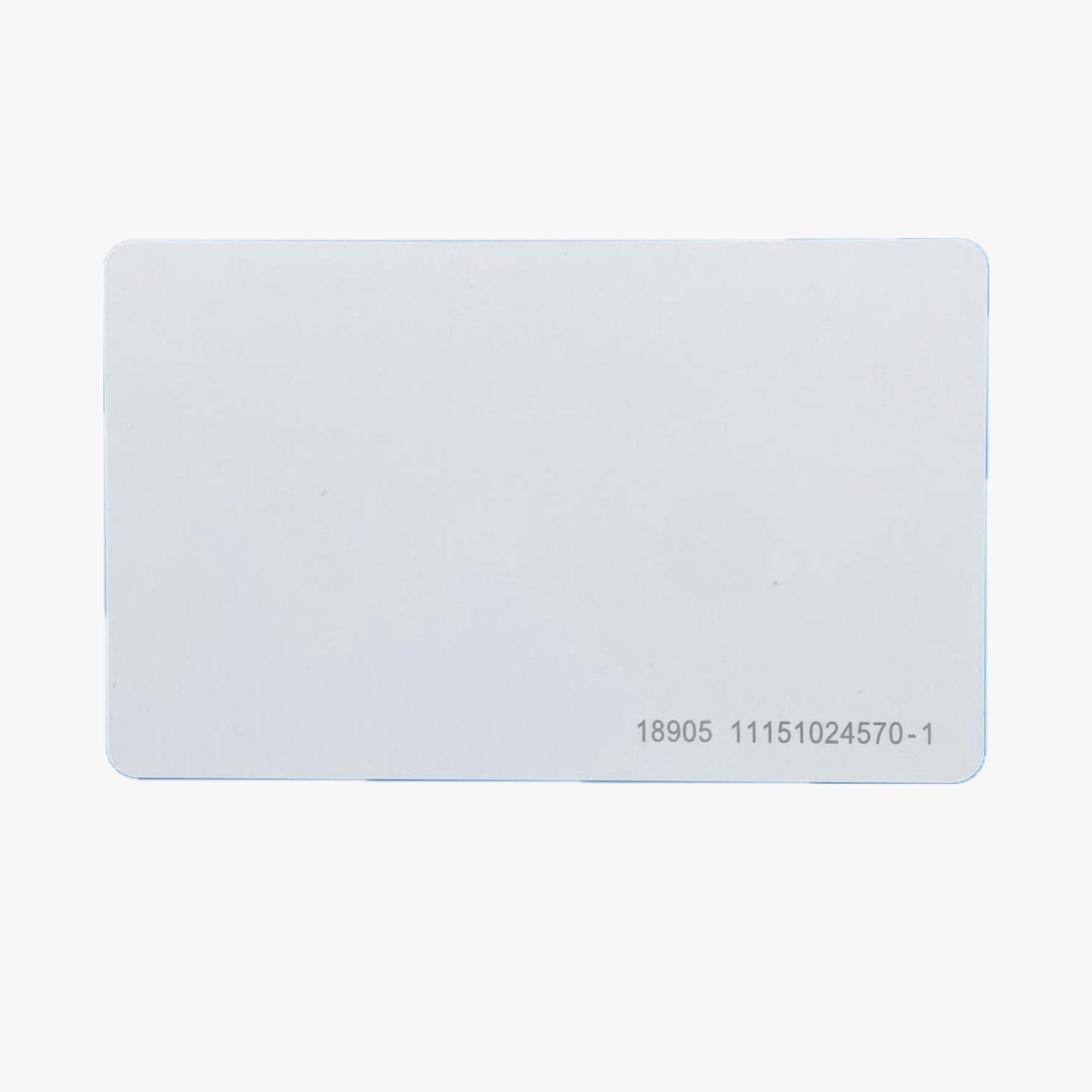
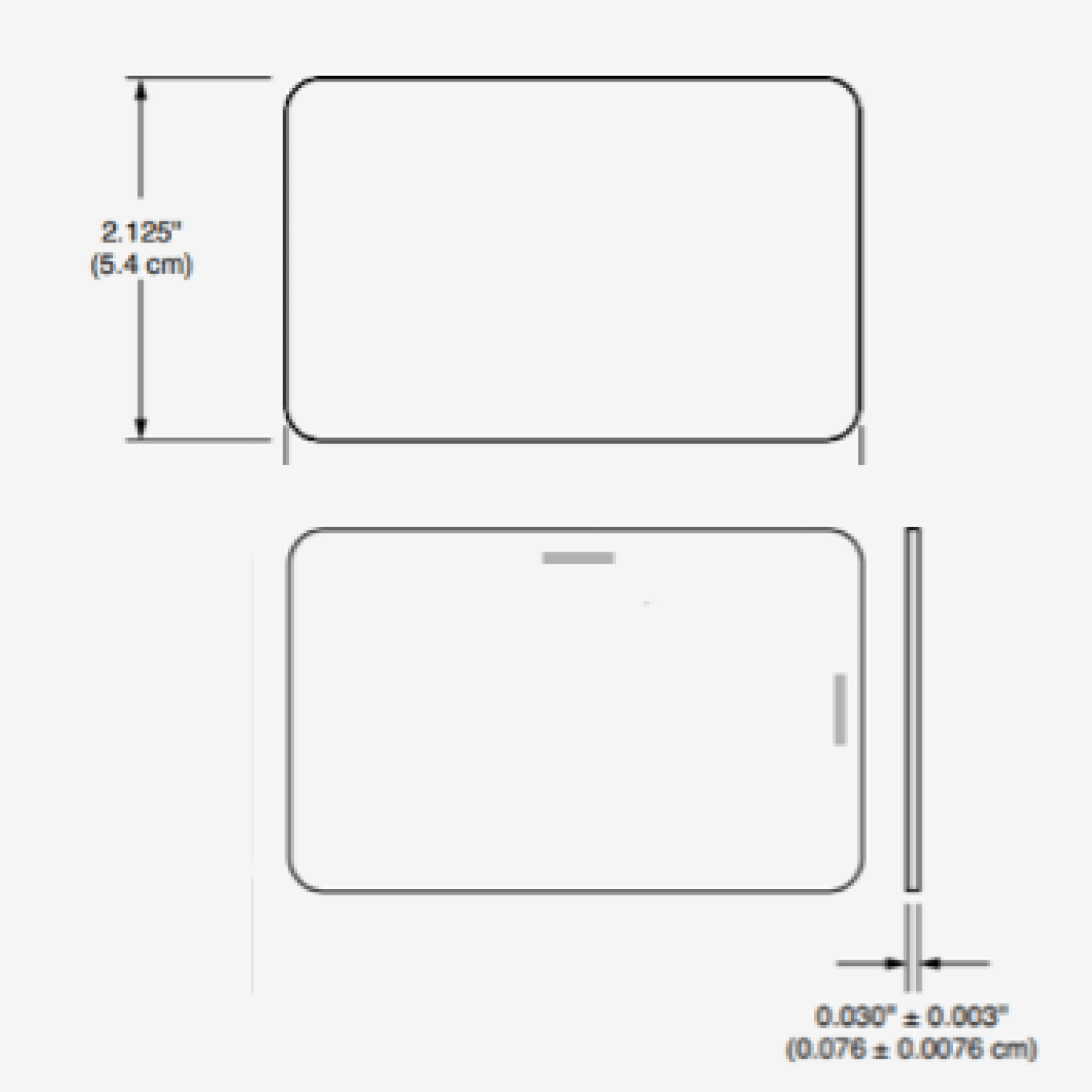
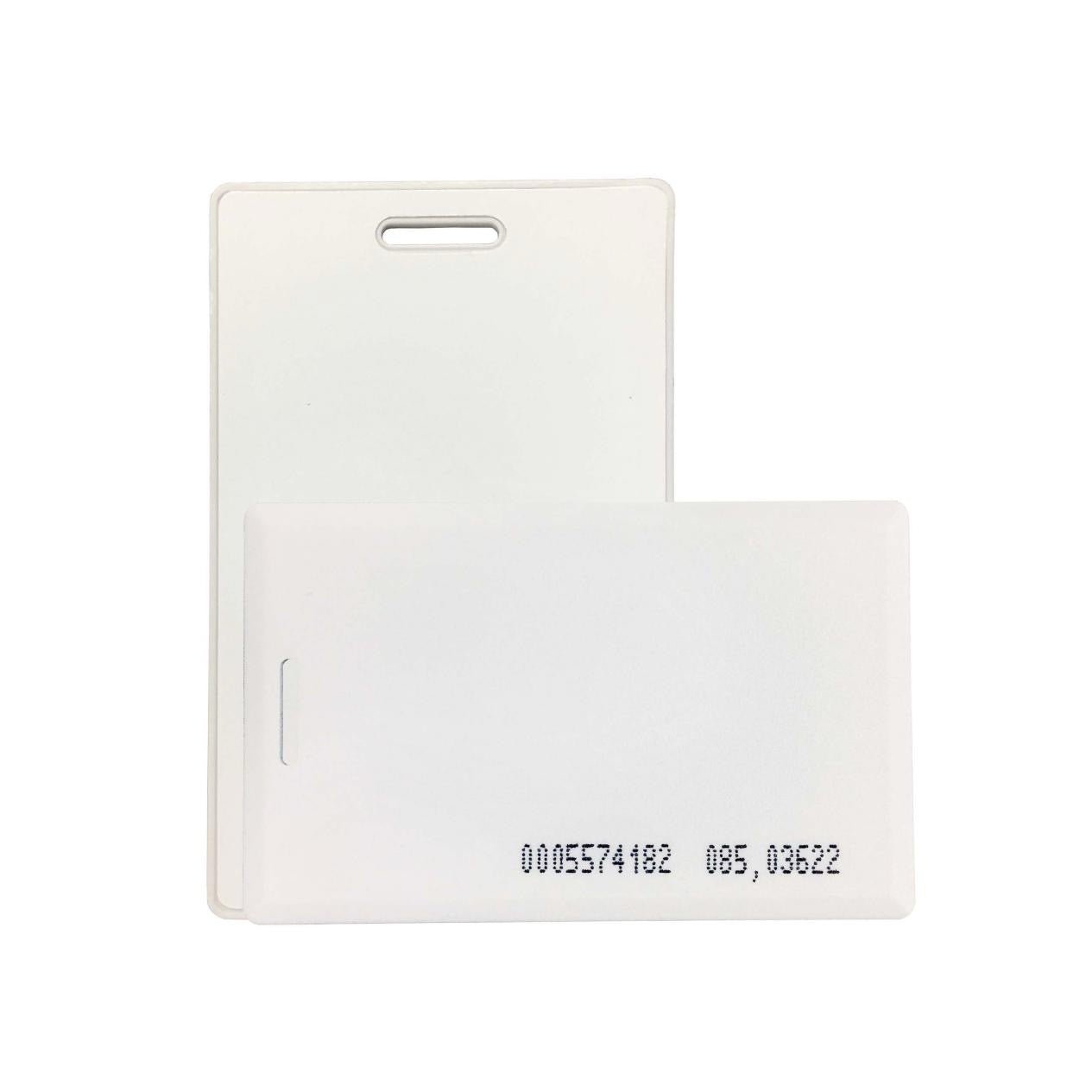
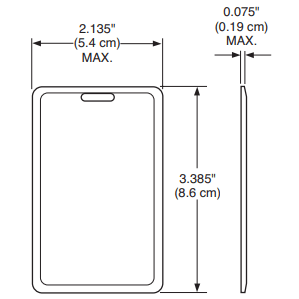
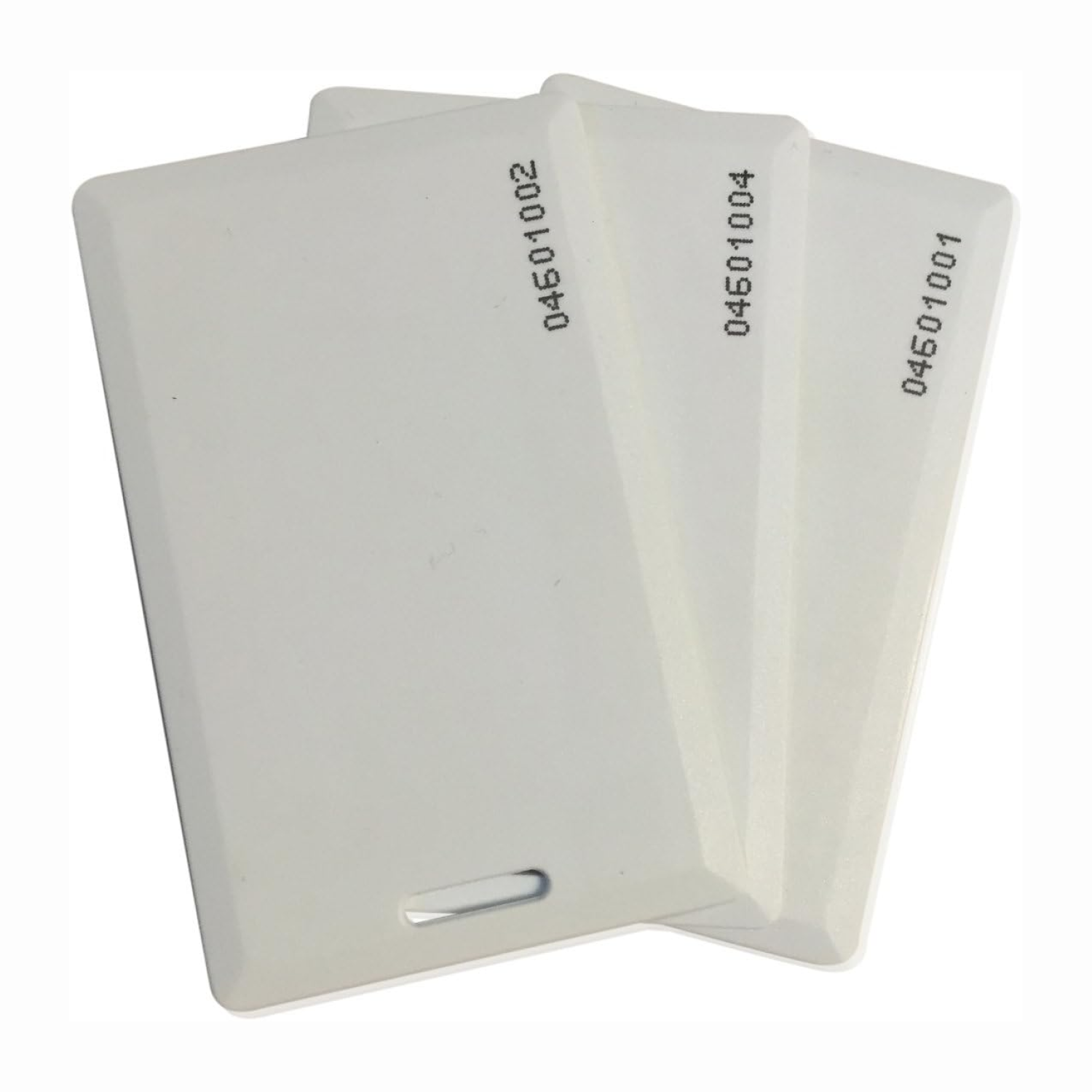
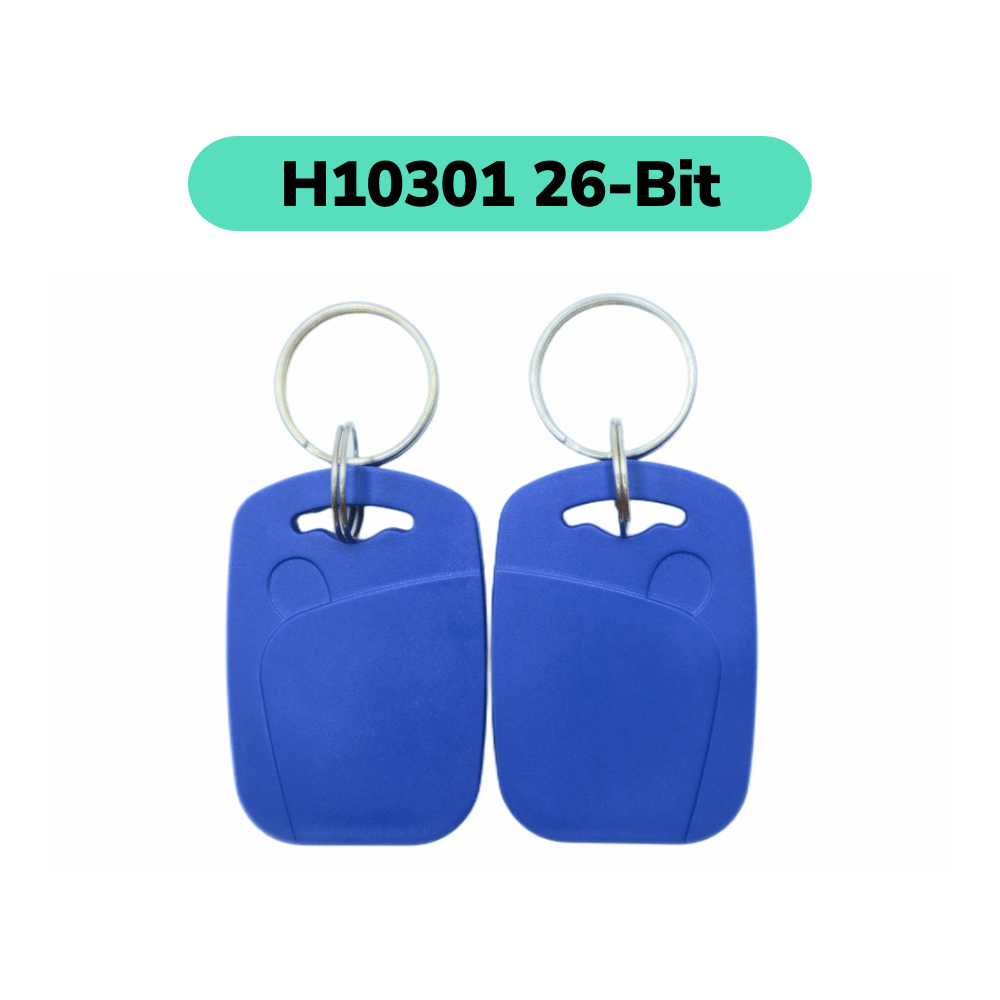
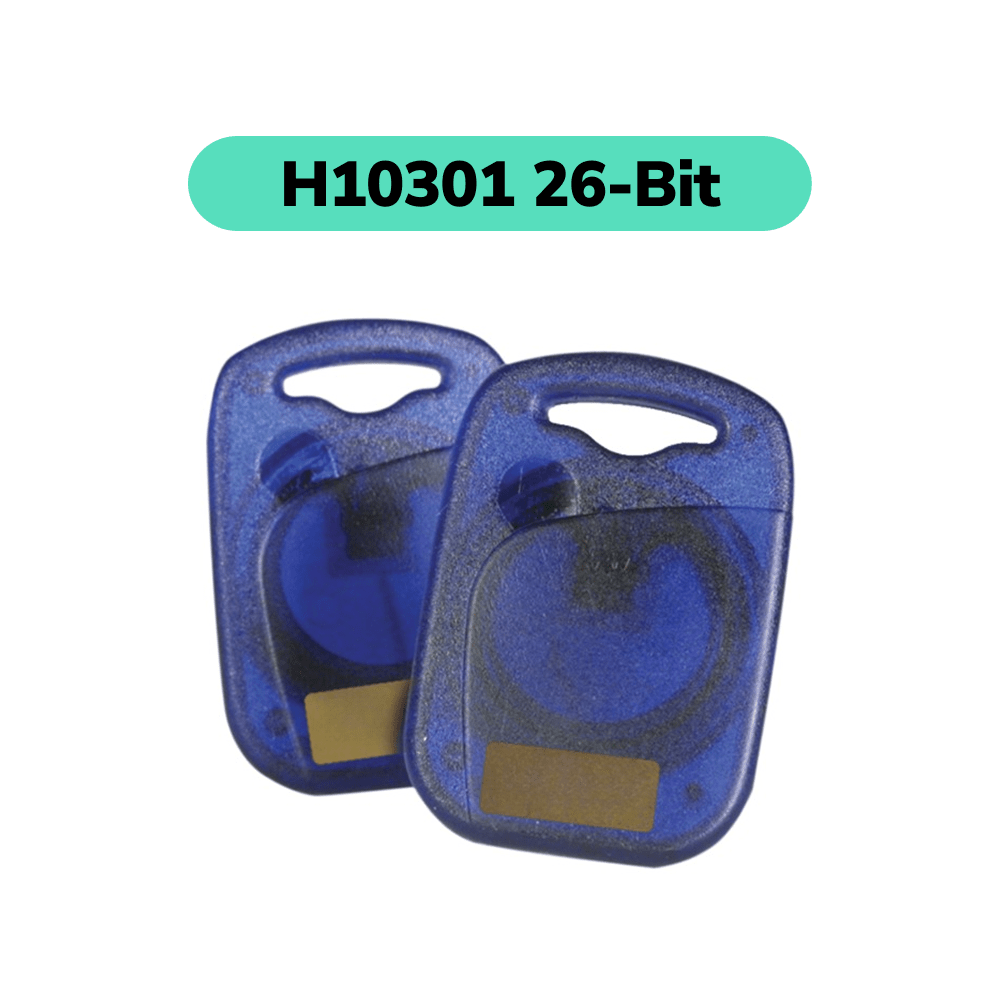
H10301 format 26-bit proximity cards that work exactly the same as HID H10301 ProxCard II. Custom printable.
Vergleichsleitfaden: Welche Art von Karte soll ich wählen?
Mifare vs. HID vs. Näherungssystem
MIFARE-Karten
Näherungskarten
HID-Karten (Prox, iCLASS, Seos)
13,56 MHz Hochfrequenz-RFID, NFC-fähig
125 kHz Niederfrequenz-RFID
125 kHz (Prox), 13,56 MHz (iCLASS/Seos)
Erweitert: gegenseitige Authentifizierung, Verschlüsselung (DES/AES)
Basic: Nur Ausweisnummer, keine Verschlüsselung, leicht zu klonen
Prox: Basis (unverschlüsselt); iCLASS/Seos: Fortgeschritten (AES, gegenseitige Authentifizierung)
1–4 KB (MIFARE Classic), bis zu 8 KB (DESFire EV2)
24–40 Bits (3–5 Byte), feste ID-Nummer
Prox: 24–40 Bit; iCLASS: bis zu 32 KB, Multi-Anwendung
Lesen/Schreiben, unterstützt mehrere Anwendungen
Schreibgeschützt, kann nicht aktualisiert werden
Prox: Schreibgeschützt; iCLASS/Seos: Lese- und Schreibzugriff
2–4 Zoll (5–10 cm)
2–6 Zoll (5–15 cm), bis zu 10 cm (3,9 Zoll)
Nähe: 2–6 Zoll; iCLASS/Seos: bis zu 4 Zoll (10 cm)
Transit, sicherer Zugang, bargeldloses Verkaufsautomatensystem, Identifikation, Kundenbindung
Grundlegender Tür-/Gebäudezugang, Zeit- und Anwesenheitsverwaltung
Prox: Türzugang; iCLASS/Seos: sicherer Zugang, Biometrie, Zahlung
Ja (DES, 3DES, AES, gegenseitige Authentifizierung)
Nein
Prox: Nein; iCLASS/Seos: Ja (AES, gegenseitige Authentifizierung)
Erfordert einen 13,56-MHz-Leser
Erfordert einen 125 kHz-Leser
Prox: 125 kHz Leser; iCLASS/Seos: 13,56 MHz Leser
Warum viel für erstklassige Markenkarten ausgeben?
Wenn Sie 60 % auf Ihr Budget sparen
Kostenloser Versand inklusive. Alles auf uns!

